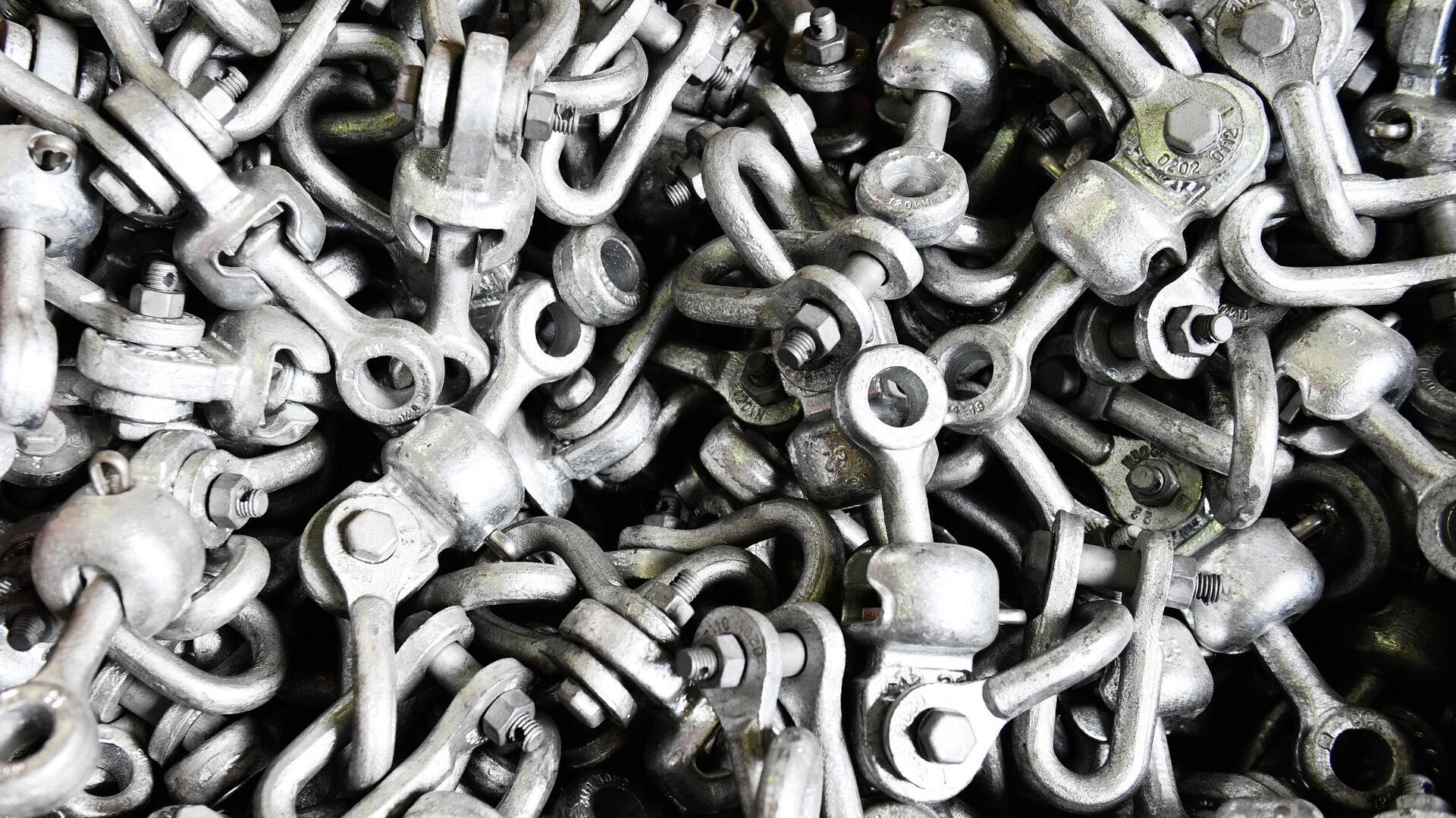
MOSCOW, November 22 MAI engineers are going to develop a universal method for calculating the required properties, which would be suitable for designing parts from any composite materials in order to reduce the cost of their production, the press reported — MAI service.
“»During aerogas-dynamic heating of rocket and space technology, thermophysical and thermomechanical processes occur in composite materials that are located in various heat-loaded structural elements of aircraft where thermal protection is required,» the report says.
“Researchers at the Moscow Aviation Institute are developing a physical and mathematical model that will reduce the cost of aircraft parts,” the press service added.
It is noted that in the new development, scientists will take into account particular models to describe a large number of thermophysical and thermomechanical processes occurring during high-temperature heating of heat-protective composite materials. They also plan to develop a new method for numerically solving problems.
As noted by the project manager, professor at the Institute of General Engineering Training at the Moscow Aviation Institute, Ekaterina Kuznetsova, whose words were quoted by the press service, the methods currently used imply calculations for each composite separately. In this case, it is necessary to take into account all the thermophysical and chemical properties of substances, which can lead to an overestimation of the mass of the composite and its thickness by two times, says Kuznetsova.
«Our version bypasses the calculation of the rate of chemical reactions, becomes universal and is suitable for almost any composite. The introduction of a new mathematical model will save resources, reduce the weight and thickness of composites , which is relevant in rocket and space technology,” she said.
It is specified that the study should be completed in 2025. Currently, university staff are developing a universal law of decomposition of binders for different composites, as well as a new law of nonlinear filtration for high differences between the stagnation pressure in the pyrolysis zone (a process of thermochemical decomposition that is used to create a number of composites) and atmospheric pressure at the outer boundary of the resulting material.
«The next stage is the development of a comprehensive physical and mathematical model of heat and mass transfer and thermomechanics in heat-protective composite materials, testing and implementation of a new economical, absolutely stable method of numerical solution of problems for equations of mathematical physics, development of software systems, obtaining analytical and numerical solutions» , — MAI shared plans for the future.

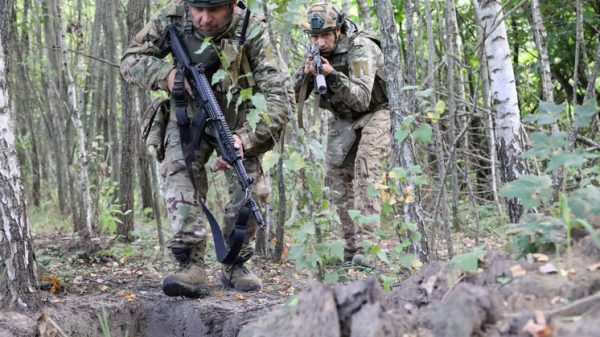

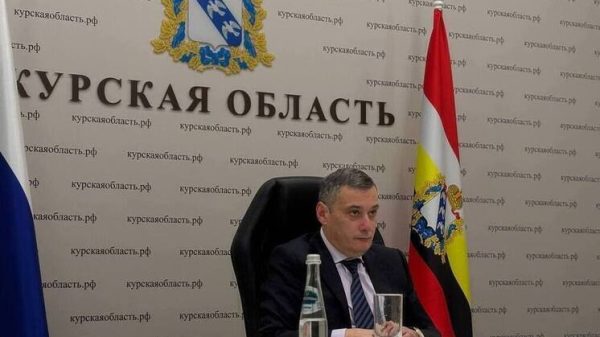





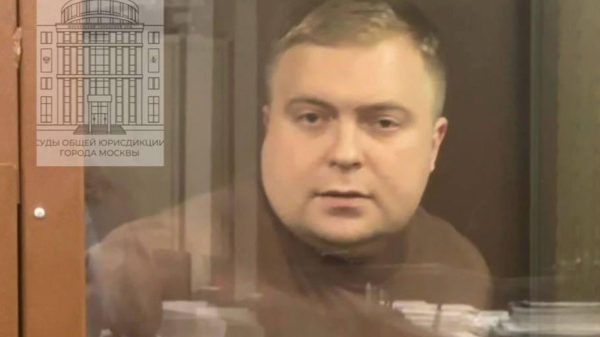

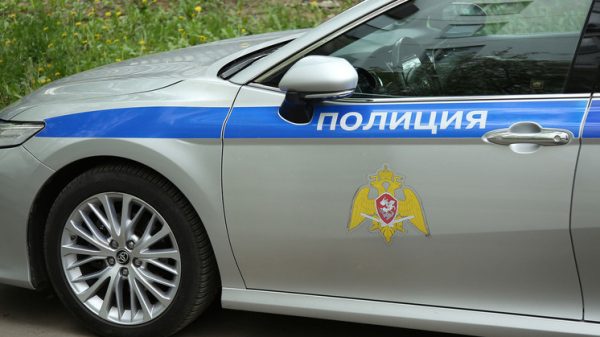




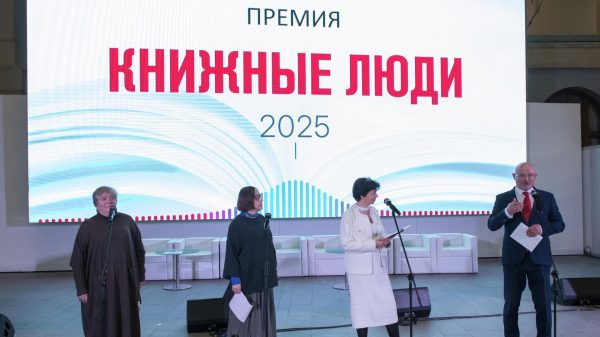
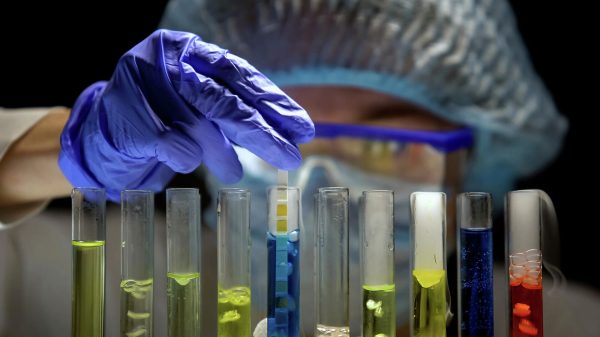


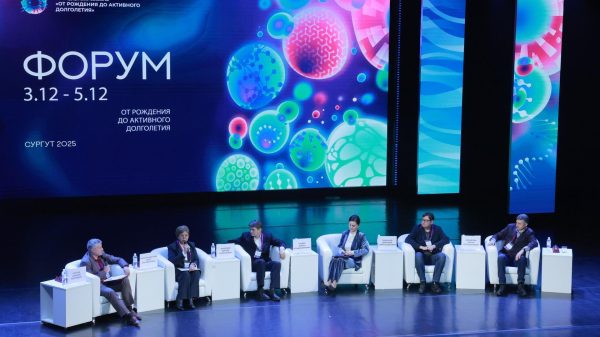
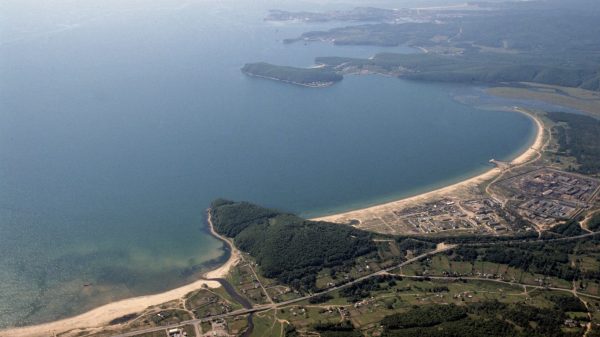


































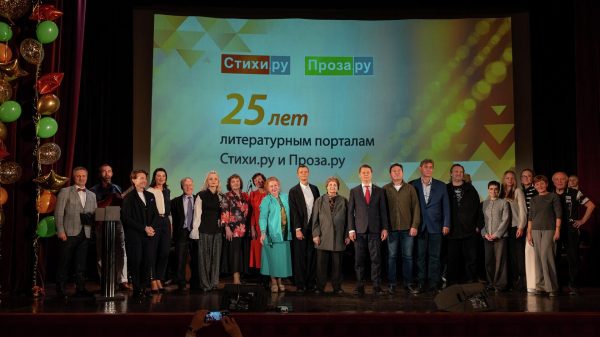
Свежие комментарии